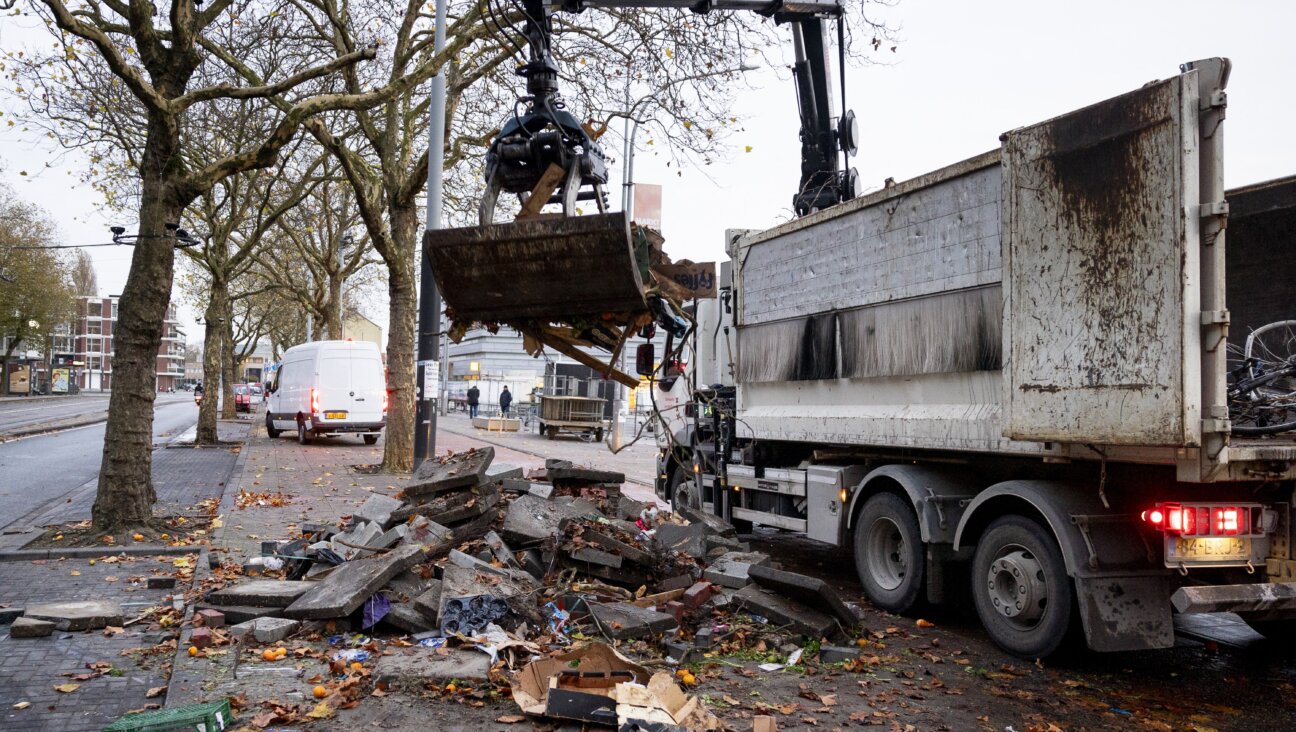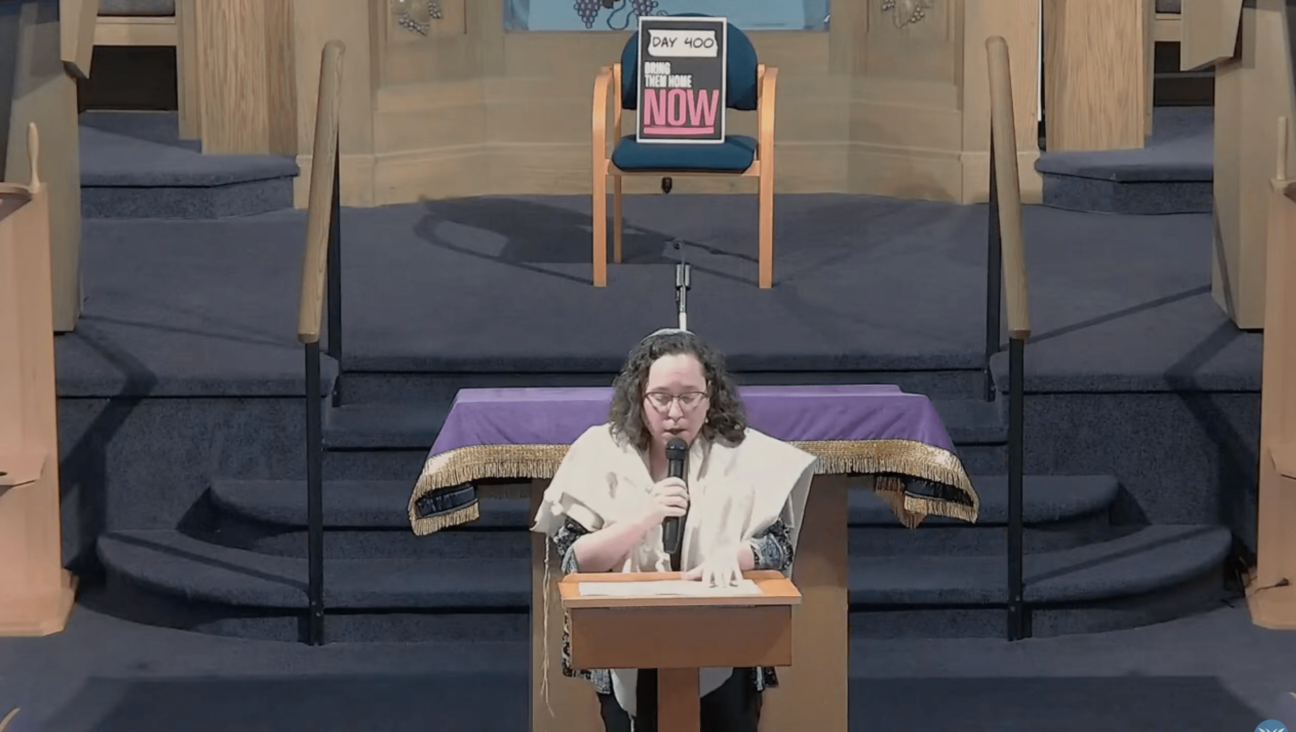The Manipulative March
A friend called to tell me, with pride in his voice, that his 16-year-old son had been accepted to a very special “Israel program” — three weeks of intensive touring, some social action work, lectures, whatnot. But first, “They start in Prague, and then Krakow and Auschwitz.”
There is a tradition that dates back to the 17th and 18th centuries (500 years after the Kabbalah shifted from being an exclusively oral tradition and began to be written) that holds that the Kabbalah must not be read by people under the age of 40. That tradition has evidently fallen away, but it is worth restoring when it comes to visiting Auschwitz.
I know the March of the Living, which anticipates that next year more than 8,000 high school students from some 40 countries will participate, is thought to be a huge success. And I have no doubt that the children are very deeply moved by the experience, which starts in Poland and then moves on to Israel. What’s not to be moved by? Watch the video of last year’s march and you can easily see the anguish furrowed on the teenagers’ brows. But no, even a precocious 17-year-old is not ready for this.
Put simply: This is the single most manipulative experience to which we can expose our young. It is manipulative inherently, no matter the intentions of its organizers and sponsors. It is designed to maximize the participants’ vulnerability and then, when they are defenseless, to offer them the approved answers.
It is now 65 years since the end of the Holocaust, and no one who has sought to confront it claims to understand it. It was and remains a mystery, understood only in its fragments, perceived only through questions that dangle miserably, questions that have not been, perhaps cannot ever be, answered. Where was God? Where was man? What were they thinking when, before killing, they dehumanized? Was their sleep troubled thereafter? For how long? What enabled some, more than a few though fewer than many, to risk everything to save a Jew? Each one who was murdered is now swept up and nearly swept away in the cursed number 6 million, but each of course was one. Who were they?
My visit to Auschwitz (at age 39) changed my life. In Auschwitz One, the labor camp, there is a space in the row of barracks where there’s only a free-standing wall. It was known as “the wall of death,” because, as it was explained to us, against that wall some 40,000 people, mostly professors and intellectuals from Krakow, were shot — “the good way to go at Auschwitz,” we were told. I stayed behind as the small group with which I was traveling entered the next barrack, and when, 10 or so minutes later, they emerged, a friend came to me and whispered, urgently, that I had to go into the building they had just been in, had to go to the second floor.
Until then, in each of the barracks we had entered, there were very large panes of plate glass behind which were the exhibits: here shoes, there hair, here brushes, there prostheses, every one a blow.
I did as told, entered and ascended to the second floor of the indicated barrack. No large plate glass here, just modest, coffee-table sized cases; beneath the glass, babies’ pacifiers.
There are no answers.
But you cannot take teenagers on a journey that offers only questions. Nor would such an experience satisfy the intentions of those who conceive these trips and manage them, for the entire experience is built on their official answer: Israel.
“From ashes to rebirth,” we say, and that becomes the controlling metaphor. As the website, which they will surely have read before they embark, informs you, “You will participate in a memorial service at one of the gas chambers/crematoria in Birkenau, which will conclude with the singing of Hatikvah.” And then, “From Poland, you will fly to Israel to join the entire Jewish community in celebrating Yom Ha’atzmaut, Israel’s Independence Day.” How easy it all becomes, how neat. Sorrow, then exultation. This is neither good history nor acceptable pedagogy. It is worthy of an ad campaign, or perhaps a sentimental Broadway musical, no more. We ought to have more respect for our youngsters — and for ourselves — than that.
A message from our CEO & publisher Rachel Fishman Feddersen

I hope you appreciated this article. Before you go, I’d like to ask you to please support the Forward’s award-winning, nonprofit journalism during this critical time.
At a time when other newsrooms are closing or cutting back, the Forward has removed its paywall and invested additional resources to report on the ground from Israel and around the U.S. on the impact of the war, rising antisemitism and polarized discourse.
Readers like you make it all possible. Support our work by becoming a Forward Member and connect with our journalism and your community.
— Rachel Fishman Feddersen, Publisher and CEO






















